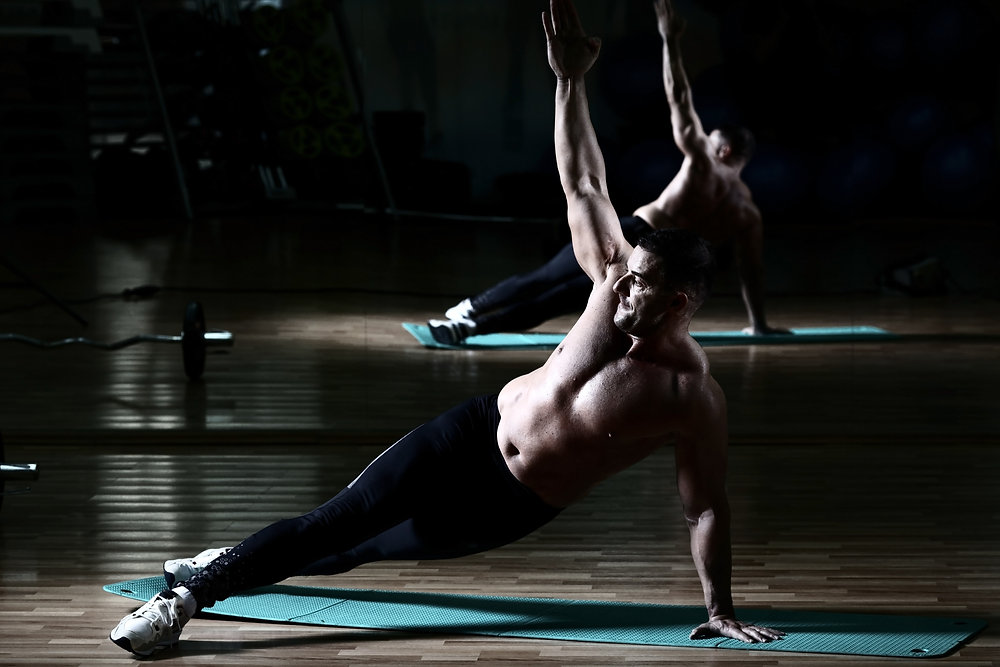Introduction
Core stability is often misunderstood as merely a fitness trend focused on achieving a toned abdomen. In reality, core stability serves as the bedrock of functional movement, injury prevention, and athletic performance. This article delves into the intricate concept of core stability, emphasizing its importance, the muscles involved, and effective strategies to enhance it. By understanding core stability, individuals can improve their physical health, optimize their movement patterns, and enhance their overall quality of life.
The Essence of Core Stability
Core stability refers to the ability of the muscles in the abdomen, lower back, pelvis, and hips to work together harmoniously to maintain proper posture and balance during both static and dynamic activities. Unlike superficial core exercises that focus solely on aesthetics, core stability is about fostering a robust and resilient central support system. A strong core enables the body to absorb and distribute forces effectively, ensuring safe and efficient movement patterns. When the core is stable, it allows for optimal performance, whether in sports, exercise, or everyday activities.
The Significance of Core Stability
The importance of core stability extends far beyond physical appearance. A well-developed core contributes significantly to injury prevention, improved athletic performance, and enhanced functional movement. This section explores the multifaceted benefits of cultivating core stability.
Injury Prevention: A stable core acts as a protective mechanism for the spine and surrounding musculature. By effectively distributing forces during physical activities, a strong core reduces the risk of strains and injuries. Poor core stability can lead to compensatory movements that place undue stress on muscles and joints, increasing the likelihood of injury.
Improved Athletic Performance: Athletes across all sports can significantly benefit from enhanced core stability. A strong core facilitates better force transfer from the lower body to the upper body, enhancing performance in movements like sprinting, jumping, and throwing. This is particularly vital in sports requiring quick changes in direction and balance, such as soccer, basketball, and gymnastics.
Enhanced Functional Movement: Core stability is crucial for efficiently executing everyday tasks like bending, lifting, and reaching. A stable core allows individuals to maintain proper mechanics during these movements, minimizing injury risk. This benefit is essential for everyone, from busy professionals to active parents, as it enhances daily life quality and functionality.
Posture and Balance: Core stability contributes to maintaining good posture, which can prevent chronic pain conditions and musculoskeletal issues. Furthermore, a stable core improves balance and coordination, significantly reducing the risk of falls, especially among older adults.
The Core Muscles and Their Roles
Understanding the specific muscles that contribute to core stability is essential for effective training. The core comprises several key muscle groups, each playing a unique role in stability and movement.
Transverse Abdominis: Often referred to as the body’s natural corset, the transverse abdominis stabilizes the spine and pelvis during movement. It provides a crucial foundation for other core muscles to function effectively.
Rectus Abdominis: Commonly known as the “six-pack” muscle, the rectus abdominis aids in flexing the spine and maintaining upright posture. While it is often associated with aesthetics, it also plays a vital role in core stability.
Obliques: Located on the sides of the abdomen, the obliques are essential for rotational movements and lateral stability. They work in concert with other core muscles to maintain balance during dynamic activities.
Erector Spinae: This group of muscles runs along the spine, aiding in posture maintenance and back extension. Strong erector spinae muscles are critical for supporting the spine during various movements.
Multifidus: These small yet powerful muscles support spinal stability and help control intervertebral movements. They are vital for maintaining proper alignment and preventing injury.
Diaphragm and Pelvic Floor: The diaphragm and pelvic floor muscles collaborate to regulate intra-abdominal pressure, significantly contributing to core stability. Together, they create a pressure system that enhances stability and support for the spine.
Strategies for Improving Core Stability
To cultivate core stability, targeted exercises that engage the core muscles are essential. A variety of strategies can effectively enhance core strength and stability.
Plank Variations: Planks are fundamental exercises for building core strength. By starting with a standard plank and progressing to side planks and plank variations with leg lifts, individuals can challenge their stability further.
Bird-Dog Exercise: The bird-dog exercise engages multiple core muscles while promoting balance. By extending one arm forward and the opposite leg back while maintaining hip alignment, this exercise activates the core effectively.
Dead Bug: The dead bug exercise, performed lying on one’s back with raised arms and legs, challenges the core by requiring slow and controlled movements. Lowering one arm and the opposite leg while keeping the back flat engages key core stabilizers.
Medicine Ball Exercises: Incorporating a medicine ball can enhance dynamic core stability. Exercises like Russian twists or medicine ball slams engage multiple muscle groups while promoting coordination and stability.
Balance Training: Exercises that challenge balance, such as standing on one leg or using a balance board, effectively activate core stabilizers and improve overall body control.
Yoga and Pilates: Both practices focus on core strength and stability, promoting flexibility and body awareness. Incorporating movements like the bridge, boat pose, and various twists can enhance core stability significantly.
Conclusion
Core stability is a vital aspect of physical fitness that influences every movement we make, both in daily life and in athletic endeavors. By understanding its significance and actively working to improve it, individuals can enhance their overall health, prevent injuries, and optimize their performance. Regardless of fitness level or goals, investing in core stability is essential for achieving a functional and balanced body.



